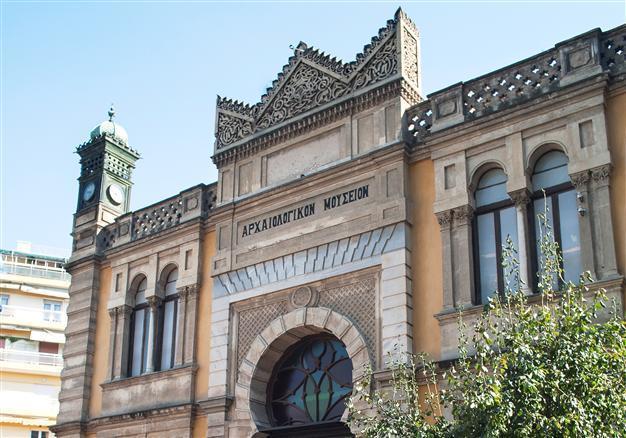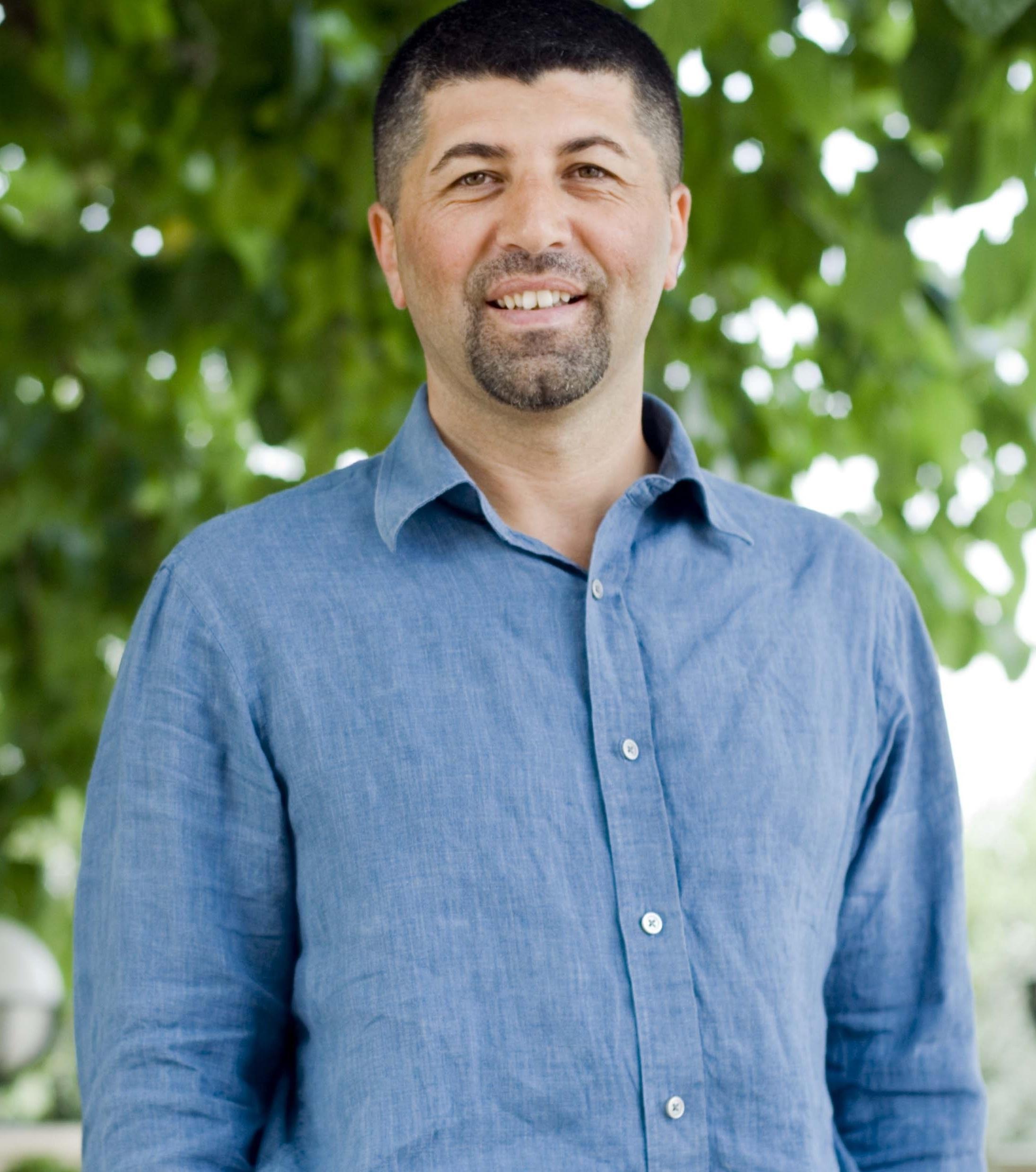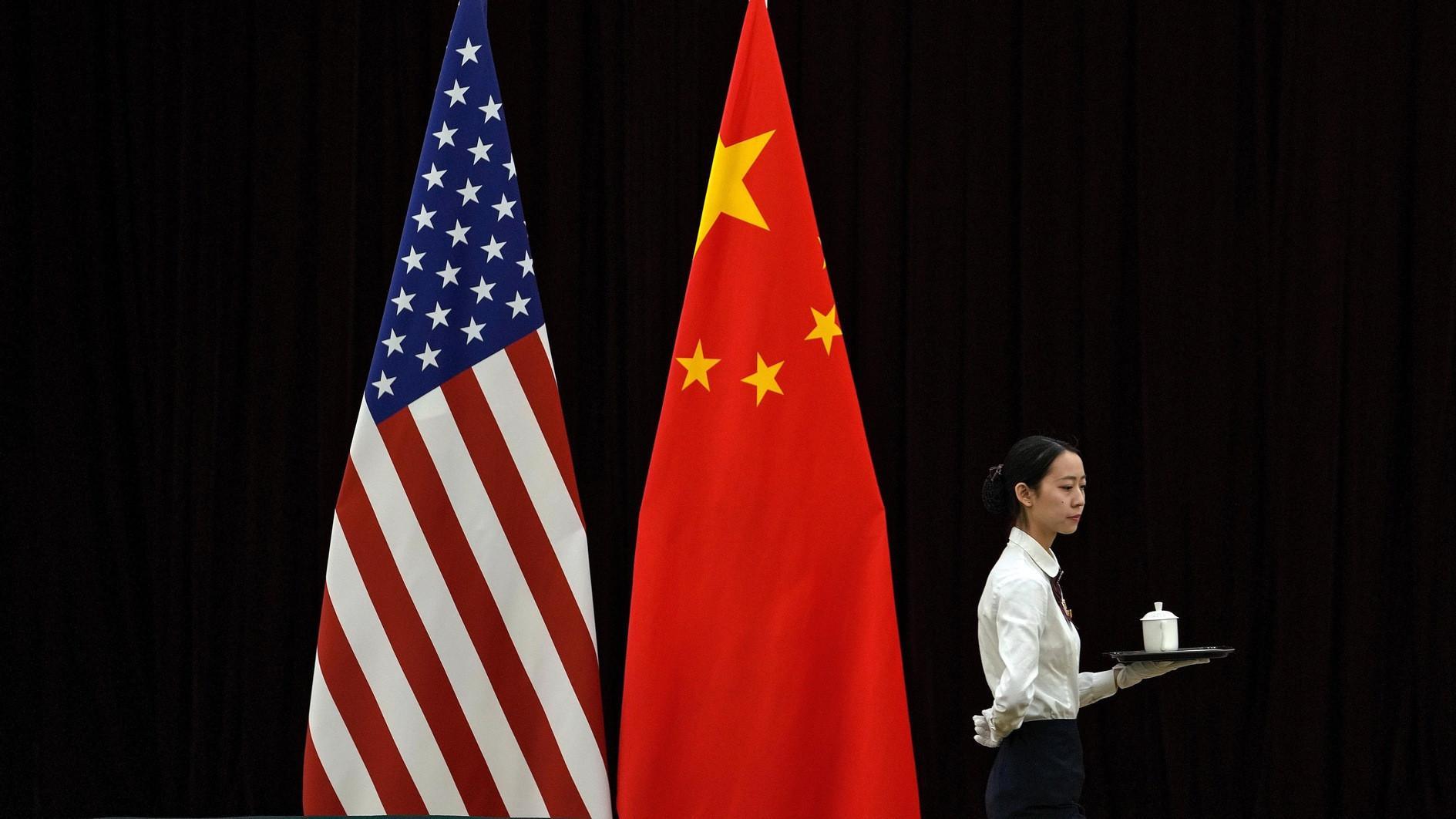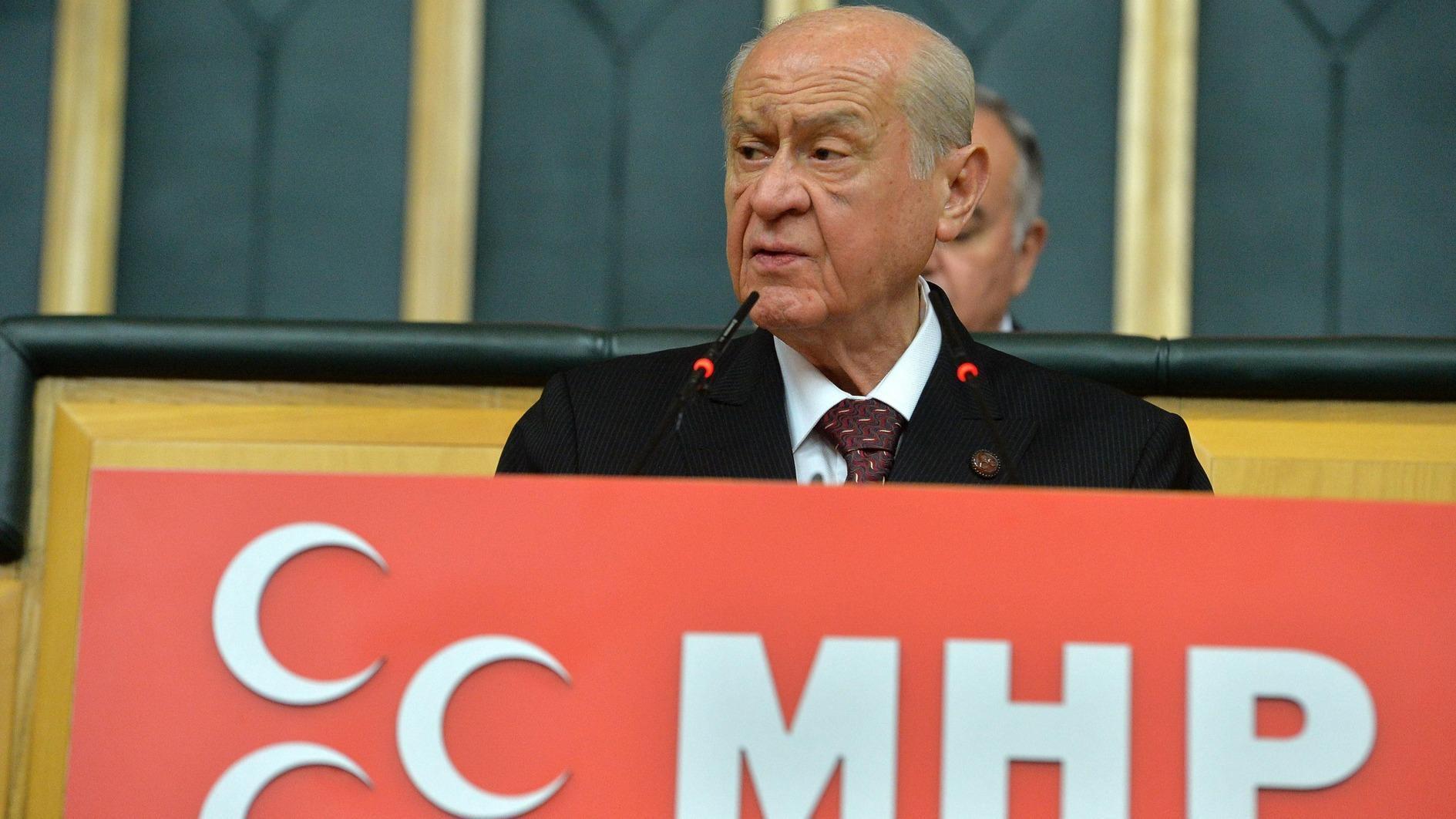INTERVIEW: Cengiz Şişman on the Dönmes’ 350-year ‘burden of silence’
William Armstrong - william.armstrong@hdn.com.tr

The New Mosque in Thessaloniki was built in 1902 for the city’s once-thriving Dönme community.
Although they developed after one of the biggest messianic movements in history, the Dönme crypto-religious community remains shrouded in mystery and subject to conspiracy theories in Turkey and elsewhere.“The Burden of Silence: Sabbatai Sevi and the Evolution of Ottoman-Turkish Dönmes” by Cengiz Şişman of the University of Houston-Clear Lake attempts to lift the curtain on the Dönmes past and present. The book (reviewed in HDN here) charts the private and public course of the Dönmes since the İzmir-born Sabbatai Sevi professed himself the Jewish messiah in the 17th century.
Şişman spoke to Hürriyet about his book and the Dönmes’ 350-year “burden of silence.”
Let’s start with the title. Why did you call your book “The Burden of Silence”?
The book is about one of the most intriguing and secretive religious movements in world history. Since the 17th century, members of this community kept their silence either because of their internal religious obligations or external social pressure. Although this silence was quite an enriching spiritual experience that gave power to believers, it was also a source of pain and trauma, especially once a follower stopped believing in the original faith. But this silence isn’t unique to the Dönmes. At various times in Ottoman and Turkish history there have always been figures and groups who felt externalized, oppressed and dominated, therefore carrying this burden of silence. There has always been one oppressing dominant idea and many oppressed ones. This is endemic to Ottoman-Turkish culture and the reasons for it are quite complex.
You outline a few theories about how and why Sabbatai Sevi was able to attract such a large following in the Ottoman Empire in the 17th century. Could you briefly outline some of the conditions that allowed such a movement to flourish?
 In the earlier chapters of my book I try to explain how the movement became so widespread not only in the Ottoman Empire but also in Europe, Asia, Africa. As a historian I thought it was a religious movement, but also a social, historical movement. As a social religious movement it had various local and international causes.
In the earlier chapters of my book I try to explain how the movement became so widespread not only in the Ottoman Empire but also in Europe, Asia, Africa. As a historian I thought it was a religious movement, but also a social, historical movement. As a social religious movement it had various local and international causes. Locally, Ottoman Jews were under some economic and social and political burdens and repression. They were attracted to the idea that a messiah who had been awaited for so long had finally come to rescue them from suffering. Internationally, this movement was not attractive only for Jews. It was also attractive for Christians and a small number of Muslims too. In the book I argue that the movement was much more interesting and widespread in Europe among Christian circles, because Christians were waiting for the second coming of Jesus Christ. As he came from the East and from the Jewish context, some Christians thought Sabbatai Sevi was the anti-Christ. Millenarian circles, who believed the end of the world was near, believed that Jesus would return after the coming of the anti-Christ. To them, a Jewish messiah coming from the Ottoman Empire could be seen as this anti-Christ, therefore a sign of the End Times.
If you combine these religious and socio-political reasons, the movement attracted great attention both in Europe and in the Ottoman Empire. That's why in less than a year it turned out to be one of the largest messianic social and religious movements in history.
How many followers did he attract at the time?
If you look at the scholarship there's a tendency to exaggerate the numbers to hundreds of thousands of people. I don't believe it was that many, but there’s no exact number. Though for sure it was tens of thousands of people.
Sabbatai converted in front of Ottoman Sultan Murat IV in 1666, after being expelled from Jerusalem, İzmir and Salonica. How did his followers respond to his conversion?
In the traditional Ottoman system, Jews and Christians were relatively free to conduct their religious and social affairs as long as they didn’t harm the social order. But once the movement turned into a disruptive social force, the authorities saw it as a “fitna,” meaning “sedition,” and did what they could to control it. The same was true with the followers of Sabbatai Sevi because they made a big commotion disrupting the social order.
Sabbatai was imprisoned and tried in Edirne, as Sultan Mehmet IV was there at the time. That increased the fame of the “messiah” because this “suffering” was yet more proof of his messiahship in the eyes of his believers. During the trial he was given a choice of death or conversion, and he converted to Islam. That was the point at which the mass movement turned into a sectarian movement, because many believers were shocked by the fact he converted to Islam. A converted messiah was an oxymoronic thing, so many followers thought this was the case of another false messiah. But a small group of people reasoned that if Sabbatai was indeed the messiah, then whatever he did it must have been right and there must have been some divine plan behind it. So they followed the footsteps of the messiah and also converted to Islam. They were the nucleus of what came to be known as the Dönmes in later centuries.
What about the three main sects that his followers split into?
At first, Sabbatai’s followers were quite confused and their number was very small. They formed a community and they developed a theology. They were Muslim in public but they practiced their form of messianic/mystical Jewish beliefs in private, hoping or believing that their messiah - by that time a convert to Islam - was going to come back to them and bring salvation. But that didn't happen. Sabbatai died 10 years after his conversion.
After that point a majority of believers went to Salonica, although there were also Dönmes in Istanbul, Edirne and İzmir. In Salonica they formed a much more organized community, but there were still some issues. The main issue was around who was going to be the leader of the new community. The community started to divide around the issue of leadership; the issue of who had the divine, authentic qualities to be leader. By the beginning of the 18th century there were already three Dönme sub-sects (madhabs) with idiosyncratic beliefs and practices: Yakoubis, Karakaş, and Kapancıs. That division has continued until today. Today, even in academic studies, they are all indiscriminately referred as Dönmes, as if they belong to one homogenous group, which is clearly wrong.
The Dönmes became particularly prominent in Salonica, one of the most important economic centers in the Ottoman Empire. You say it almost became a Dönme city-state.
By the 19th century, they were one of the most organized groups in Salonica. They also came from very educated families, they had the skills of Jews in terms of connections to the world. But in addition to this organization, knowledge and experience, they also enjoyed the rights that Turks enjoyed because on paper, in the outside world, they were Muslim. So they combined this knowledge and these privileges and within a few centuries they emerged as one of the most talented and educated groups in Salonica.
From the beginning of the 19th century, they also had great connections to economic networks in Europe and elsewhere. As they were one of the earliest globalized communities in Salonica, many sent their children to Europe for education. Of course, Salonica was also a big town for Jews; it was the only Ottoman town where the Jewish presence was greater than any other religious group. But Dönmes, despite the fact that their number was smaller than Jews in Salonica, were much more educated, organized, and privileged. They could occupy government posts because they were outwardly Muslims - those posts were usually closed to Jews, Armenians or Greeks. In the end, most of the important government posts in Salonica, including the mayorship, were occupied by Dönmes. If you look at the last five or six mayors of Salonica until 1912, when the city was taken by the Greeks, they were all Dönmes.
And how did the other religious communities respond to the prominence of the Dönmes?
To the best of my knowledge, there were no open reactions against them. There were some religious reactions from the Jews, rather than criticism about their economic and political prominence. Another development in the second half of the 19th century is that most communities across the Ottoman Empire saw a great demand for modernization and liberalization. Some members of all the Muslim, Jewish, Christian communities were "emancipated" or "liberated" believers. So religion stopped being an important element for them to identify other people. That can also be seen more openly in the Masonic lodges in Salonica. The Masonic lodges were opened in Salonica and their members came from all religious communities. So on many levels there was cooperation among liberated, emancipated Jews, Christians, Muslims, and Dönmes.
You describe in the book how they were prominent in the Young Turk movement. They perhaps had a disproportionately prominent role in reform movements toward the end of the Ottoman Empire.
Unfortunately that fed into some of the later conspiracy theories about the Dönmes. It is true that Dönmes played a prominent role in the [Committee of Union and Progress] CUP and later on during the establishment of the Turkish Republic. But it would be wrong to reduce everything down to them. There was a critical mass of Jews, Turks, Muslims, and Christian and Dönmes in Salonica who shared almost the same mental universe Those people were active in the CUP not necessarily in order to put their secret agendas in practice, but because they genuinely believed in the same universal values, such as freedom, positivism, liberation, constitutionalism, etc. Perhaps in Salonica there were more Dönmes who believed in those ideals, but there were always other religious groups who also shared them too.
There are thought to be around 60-70,000 of Dönme descent in Turkey and perhaps 10,000 living elsewhere. But they have quite a low profile in today’s Turkey. Even in the many conspiracy theories that do the rounds there are plenty of other groups that religious nationalists express more paranoia about. What’s the image of the Dönmes in contemporary Turkey?
I call the Dönme descendants “cultural Dönmes,” as the overwhelming majority of them have nothing to do with the religious or social aspects of Dönme history.
In Turkey, at any given time, there are big conspiracy theories about various things. The Dönmes, the Zionists, the Masons, Europeans, or secret cabals, have always occupied the minds of some Turks and Muslims in other parts of the world. Dönmes play a role in these theories at different times and at different scales. Back in the 1920s there was a big debate about them. A similar debate arose again in the 1940s, again in the 1960s, and there was a big resurfacing in the 1990s. At the moment we don't see it too much, but that doesn't mean the whole conspiracy theory around the Dönmes won't ever come back again. There are always periods in which Turks have created an enemy, either internal or external. It's a very pathological way of thinking but it serves the purpose of uniting people. Since conspiracy theories are very simplistic and almost impossible to disprove, they have always been utilized to manipulate masses.
Conservative and lately Islamist ideology has tried to recreate itself with new terms. In that, the Dönmes have played a specific role of being an "other," imagined to have helped bring down the Ottoman Empire. Creating such an enemy served this new rising Islamic identity by providing an "other." If they believe that the Ottoman Empire, which was so cherished, was brought down by the Dönmes, and that the Turkish Republic was created by a Dönme elite, they thought it would explain the almost anti-Islamic or radical secularist nature of the Turkish Republic. They can consolidate their identity through criticism of supposed Dönme-linked events. The Dönmes, especially in recent decades, have served as an "other" for Islamist ideology to define itself against.
* This and other interviews are available on the Turkey Book Talk podcast. Subscribe via iTunes here, Soundcloud here, or Podbean here.
















